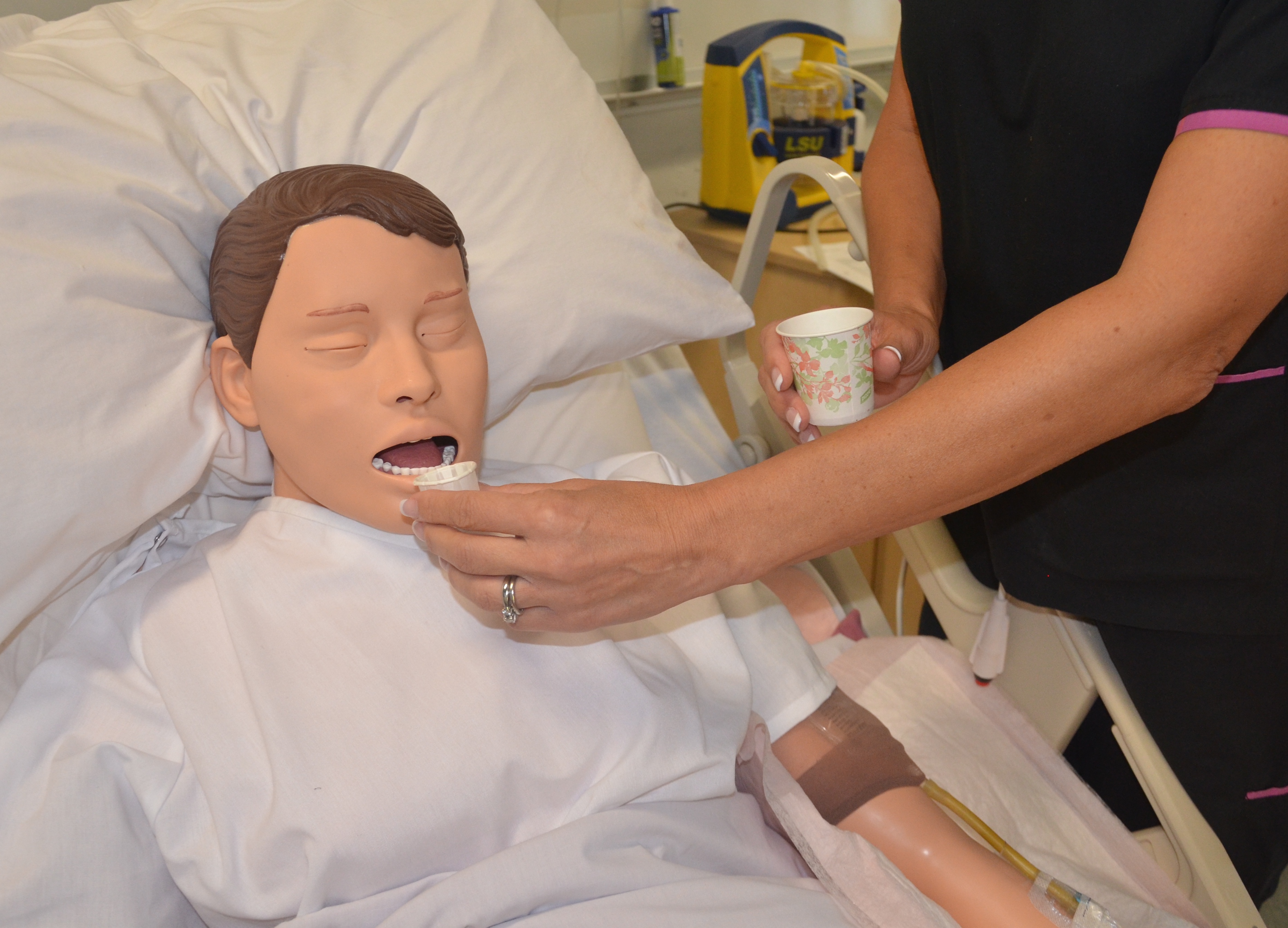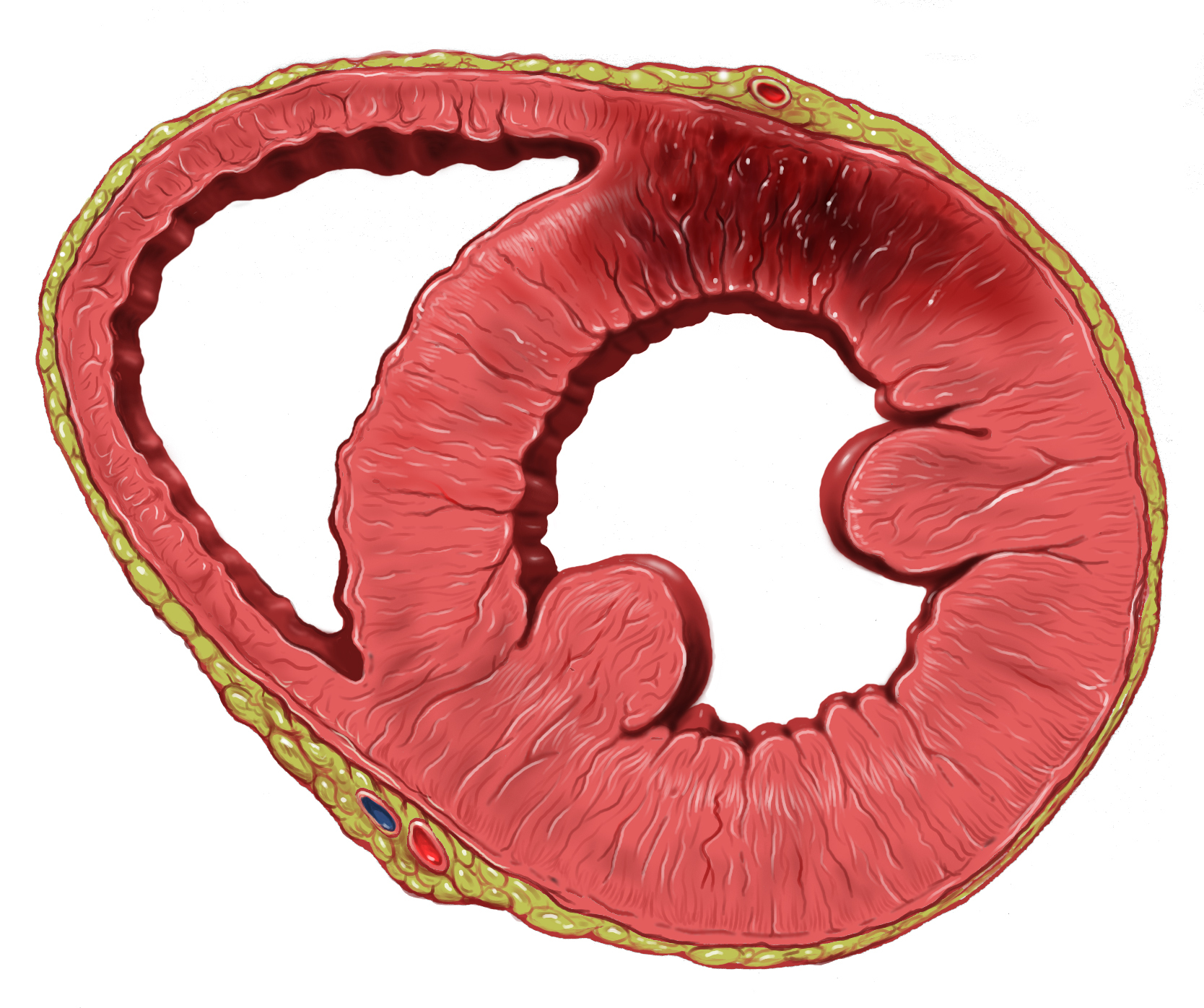|
Dothiepin
Dosulepin, also known as dothiepin and sold under the brand name Prothiaden among others, is a tricyclic antidepressant (TCA) which is used in the treatment of depression. Dosulepin was once the most frequently prescribed antidepressant in the United Kingdom, but it is no longer widely used due to its relatively high toxicity in overdose without therapeutic advantages over other TCAs. It acts as a serotonin–norepinephrine reuptake inhibitor (SNRI) and also has other activities including antihistamine, antiadrenergic, antiserotonergic, anticholinergic, and sodium channel-blocking effects. Medical uses Dosulepin is used for the treatment of major depressive disorder. There is clear evidence of the efficacy of dosulepin in psychogenic facial pain, though the drug may be needed for up to a year. Contraindications Contraindications include: * Epilepsy as it can lower the seizure threshold * TCAs should not be used concomitantly or within 14 days of treatment with monoamine o ... [...More Info...] [...Related Items...] OR: [Wikipedia] [Google] [Baidu] |
Tricyclic Antidepressant
Tricyclic antidepressants (TCAs) are a class of medications that are used primarily as antidepressants, which is important for the management of depression. They are second-line drugs next to SSRIs. TCAs were discovered in the early 1950s and were marketed later in the decade. They are named after their chemical structure, which contains three rings of atoms. Tetracyclic antidepressants (TeCAs), which contain four rings of atoms, are a closely related group of antidepressant compounds. Although TCAs are sometimes prescribed for depressive disorders, they have been largely replaced in clinical use in most parts of the world by newer antidepressants such as selective serotonin reuptake inhibitors (SSRIs), serotonin–norepinephrine reuptake inhibitors (SNRIs) and norepinephrine reuptake inhibitors (NRIs). Adverse effects have been found to be of a similar level between TCAs and SSRIs. Another class of antidepressants, tetracyclic antidepressants, are also used around the world, a ... [...More Info...] [...Related Items...] OR: [Wikipedia] [Google] [Baidu] |
Oral Administration
Oral administration is a route of administration where a substance is taken through the mouth. Per os abbreviated to P.O. is sometimes used as a direction for medication to be taken orally. Many medications are taken orally because they are intended to have a systemic effect, reaching different parts of the body via the bloodstream, for example. Oral administration can be easier and less painful than other routes, such as injection. However, the onset of action is relatively low, and the effectiveness is reduced if it is not absorbed properly in the digestive system, or if it is broken down by digestive enzymes before it can reach the bloodstream. Some medications may cause gastrointestinal side effects, such as nausea or vomiting, when taken orally. Oral administration can also only be applied to conscious patients, and patients willing and able to swallow. Terminology ''Per os'' (; ''P.O.'') is an adverbial phrase meaning literally from Latin "through the mouth" or "by mouth ... [...More Info...] [...Related Items...] OR: [Wikipedia] [Google] [Baidu] |
Antiserotonergic
A serotonin antagonist, or serotonin receptor antagonist, is a drug used to inhibit the action at serotonin (5-HT) receptors. Types 5-HT2A antagonists Antagonists of the 5-HT2A receptor are sometimes used as atypical antipsychotics (contrast with typical antipsychotics, which are purely dopamine antagonists). They include, but are not limited to: * Cyproheptadine blocks 5-HT2A, H1 and is a mild anticholinergic. * Methysergide is a 5-HT2A antagonist and nonselective 5-HT1 receptor blocker. It causes retroperitoneal fibrosis and mediastinal fibrosis. * Quetiapine blocks 5-HT2A, 5-HT1A, dopamine receptors D1 and D2, histamine receptor H1, and A1 adrenoreceptors. 5-HT2A/2C antagonists * Ketanserin Antihypertensive. Blocks 5-HT2A, 5-HT2C and Alpha 1 (A1) adrenoreceptors. * Risperidone antipsychotic * Trazodone 5-HT3 antagonists Another subclass consists of drugs selectively acting at the 5-HT3 receptors, and thus are known as 5-HT3 antagonists. They are efficacious i ... [...More Info...] [...Related Items...] OR: [Wikipedia] [Google] [Baidu] |
Delusions
A delusion is a false fixed belief that is not amenable to change in light of conflicting evidence. As a pathology, it is distinct from a belief based on false or incomplete information, confabulation, dogma, illusion, hallucination, or some other misleading effects of perception, as individuals with those beliefs ''are'' able to change or readjust their beliefs upon reviewing the evidence. However: "The distinction between a delusion and a strongly held idea is sometimes difficult to make and depends in part on the degree of conviction with which the belief is held despite clear or reasonable contradictory evidence regarding its veracity." Delusions have been found to occur in the context of many pathological states (both general physical and mental) and are of particular diagnostic importance in psychotic disorders including schizophrenia, paraphrenia, manic episodes of bipolar disorder, and psychotic depression. Types Delusions are categorized into four different groups: ... [...More Info...] [...Related Items...] OR: [Wikipedia] [Google] [Baidu] |
Urinary Retention
Urinary retention is an inability to completely empty the bladder. Onset can be sudden or gradual. When of sudden onset, symptoms include an inability to urinate and lower abdominal pain. When of gradual onset, symptoms may include loss of bladder control, mild lower abdominal pain, and a weak urine stream. Those with long-term problems are at risk of urinary tract infections. Causes include blockage of the urethra, nerve problems, certain medications, and weak bladder muscles. Blockage can be caused by benign prostatic hyperplasia (BPH), urethral strictures, bladder stones, a cystocele, constipation, or tumors. Nerve problems can occur from diabetes, trauma, spinal cord problems, stroke, or heavy metal poisoning. Medications that can cause problems include anticholinergics, antihistamines, tricyclic antidepressants, cyclobenzaprine, diazepam, nonsteroidal anti-inflammatory drugs (NSAID), amphetamines, and opioids. Diagnosis is typically based on measuring the amount of urine ... [...More Info...] [...Related Items...] OR: [Wikipedia] [Google] [Baidu] |
Paresthesia
Paresthesia is an abnormal sensation of the skin (tingling, pricking, chilling, burning, numbness) with no apparent physical cause. Paresthesia may be transient or chronic, and may have any of dozens of possible underlying causes. Paresthesias are usually painless and can occur anywhere on the body, but most commonly occur in the arms and legs. The most familiar kind of paresthesia is the sensation known as "pins and needles" after obdormition, having a limb "fall asleep". A less well-known and uncommon paresthesia is formication, the sensation of insects crawling on the skin. Causes Transient Paresthesias of the hands, feet, legs, and arms are common transient symptoms. The briefest electric shock type of paresthesia can be caused by tweaking the ulnar nerve near the elbow; this phenomenon is colloquially known as bumping one's "funny bone". Similar brief shocks can be experienced when any other nerve is tweaked (e.g. a pinched neck nerve may cause a brief shock-like paresthesi ... [...More Info...] [...Related Items...] OR: [Wikipedia] [Google] [Baidu] |
Extrapyramidal Symptoms
Extrapyramidal symptoms (EPS) are symptoms that are archetypically associated with the extrapyramidal system of the brain's cerebral cortex. When such symptoms are caused by medications or other drugs, they are also known as extrapyramidal side effects (EPSE). The symptoms can be acute (short-term) or chronic (long-term). They include movement dysfunction such as dystonia (continuous spasms and muscle contractions), akathisia (may manifest as motor restlessness), parkinsonism characteristic symptoms such as rigidity, bradykinesia (slowness of movement), tremor, and tardive dyskinesia (irregular, jerky movements). Extrapyramidal symptoms are a reason why subjects drop out of clinical trials of antipsychotics; of the 213 (14.6%) subjects that dropped out of one of the largest clinical trials of antipsychotics (the CATIE trial (Clinical Antipsychotic Trials for Intervention Effectiveness), which included 1460 randomized subjects), 58 (27.2%) of those discontinuations were due to E ... [...More Info...] [...Related Items...] OR: [Wikipedia] [Google] [Baidu] |
Myocardial Infarction
A myocardial infarction (MI), commonly known as a heart attack, occurs when blood flow decreases or stops to the coronary artery of the heart, causing damage to the heart muscle. The most common symptom is chest pain or discomfort which may travel into the shoulder, arm, back, neck or jaw. Often it occurs in the center or left side of the chest and lasts for more than a few minutes. The discomfort may occasionally feel like heartburn. Other symptoms may include shortness of breath, nausea, feeling faint, a cold sweat or feeling tired. About 30% of people have atypical symptoms. Women more often present without chest pain and instead have neck pain, arm pain or feel tired. Among those over 75 years old, about 5% have had an MI with little or no history of symptoms. An MI may cause heart failure, an irregular heartbeat, cardiogenic shock or cardiac arrest. Most MIs occur due to coronary artery disease. Risk factors include high blood pressure, smoking, diabetes, ... [...More Info...] [...Related Items...] OR: [Wikipedia] [Google] [Baidu] |
Serotonin Syndrome
Serotonin syndrome (SS) is a group of symptoms that may occur with the use of certain serotonergic medications or drugs. The degree of symptoms can range from mild to severe, including a potentiality of death. Symptoms in mild cases include high blood pressure and a fast heart rate; usually without a fever. Symptoms in moderate cases include high body temperature, agitation, increased reflexes, tremor, sweating, dilated pupils, and diarrhea. In severe cases body temperature can increase to greater than . Complications may include seizures and extensive muscle breakdown. Serotonin syndrome is typically caused by the use of two or more serotonergic medications or drugs. This may include selective serotonin reuptake inhibitor (SSRI), serotonin norepinephrine reuptake inhibitor (SNRI), monoamine oxidase inhibitor (MAOI), tricyclic antidepressants (TCAs), amphetamines, pethidine (meperidine), tramadol, dextromethorphan, buspirone, L-tryptophan, 5-HTP, St. John's wort, triptans, ... [...More Info...] [...Related Items...] OR: [Wikipedia] [Google] [Baidu] |
Epilepsy
Epilepsy is a group of non-communicable neurological disorders characterized by recurrent epileptic seizures. Epileptic seizures can vary from brief and nearly undetectable periods to long periods of vigorous shaking due to abnormal electrical activity in the brain. These episodes can result in physical injuries, either directly such as broken bones or through causing accidents. In epilepsy, seizures tend to recur and may have no immediate underlying cause. Isolated seizures that are provoked by a specific cause such as poisoning are not deemed to represent epilepsy. People with epilepsy may be treated differently in various areas of the world and experience varying degrees of social stigma due to the alarming nature of their symptoms. The underlying mechanism of epileptic seizures is excessive and abnormal neuronal activity in the cortex of the brain which can be observed in the electroencephalogram (EEG) of an individual. The reason this occurs in most cases of epilepsy is u ... [...More Info...] [...Related Items...] OR: [Wikipedia] [Google] [Baidu] |




